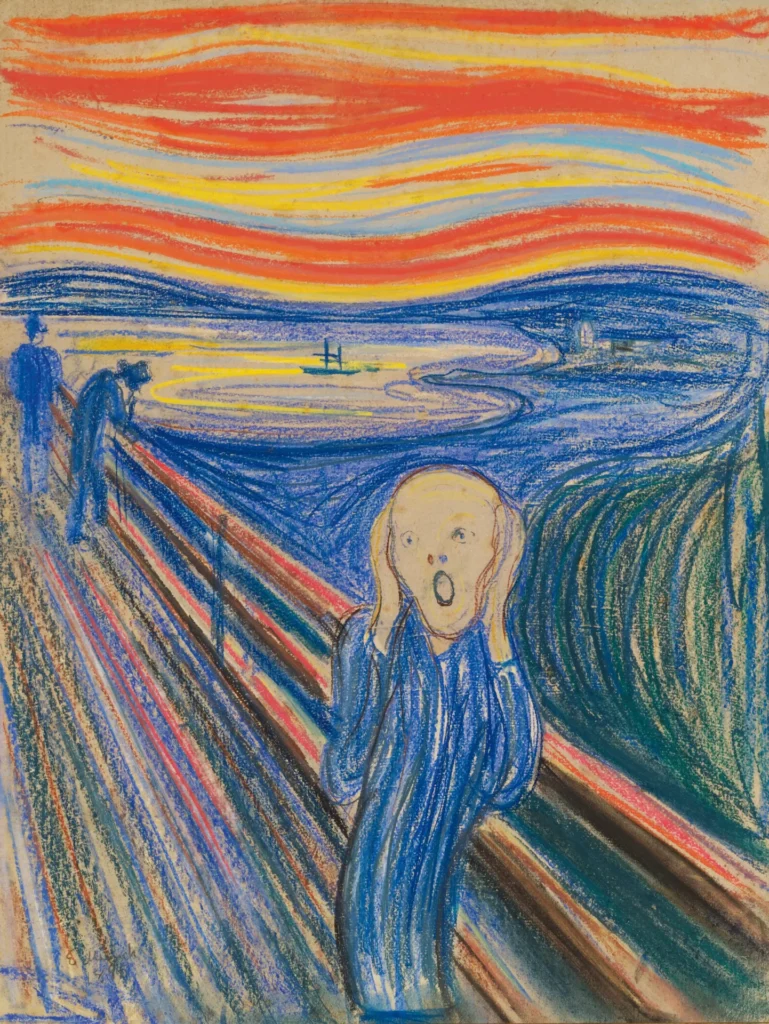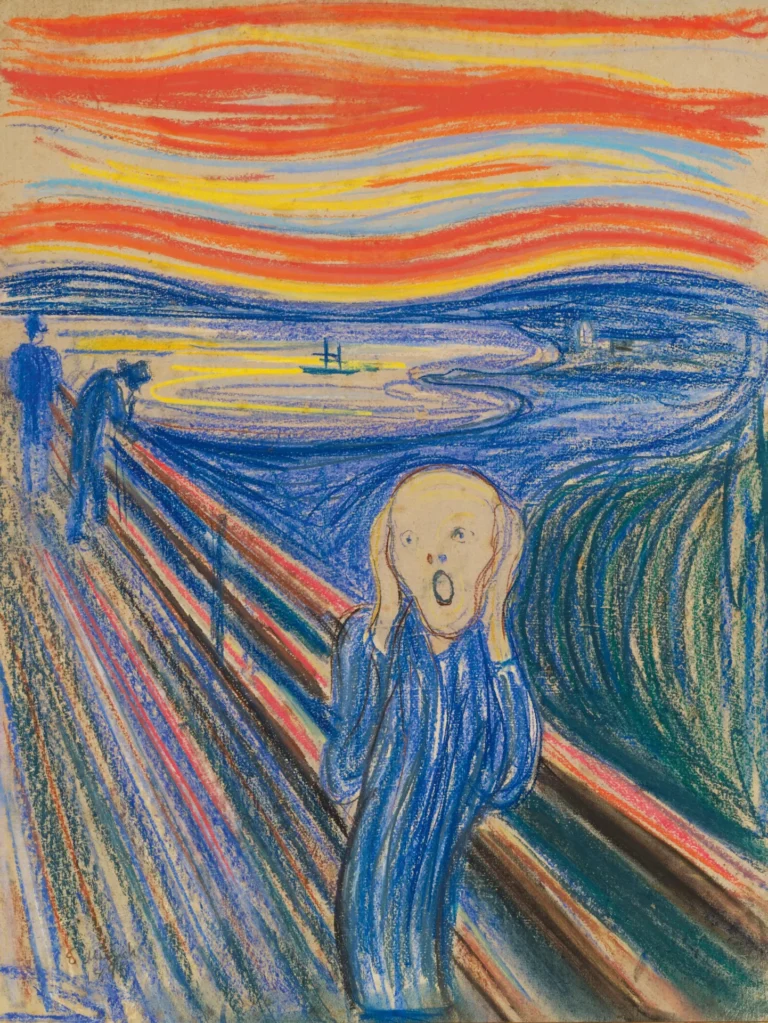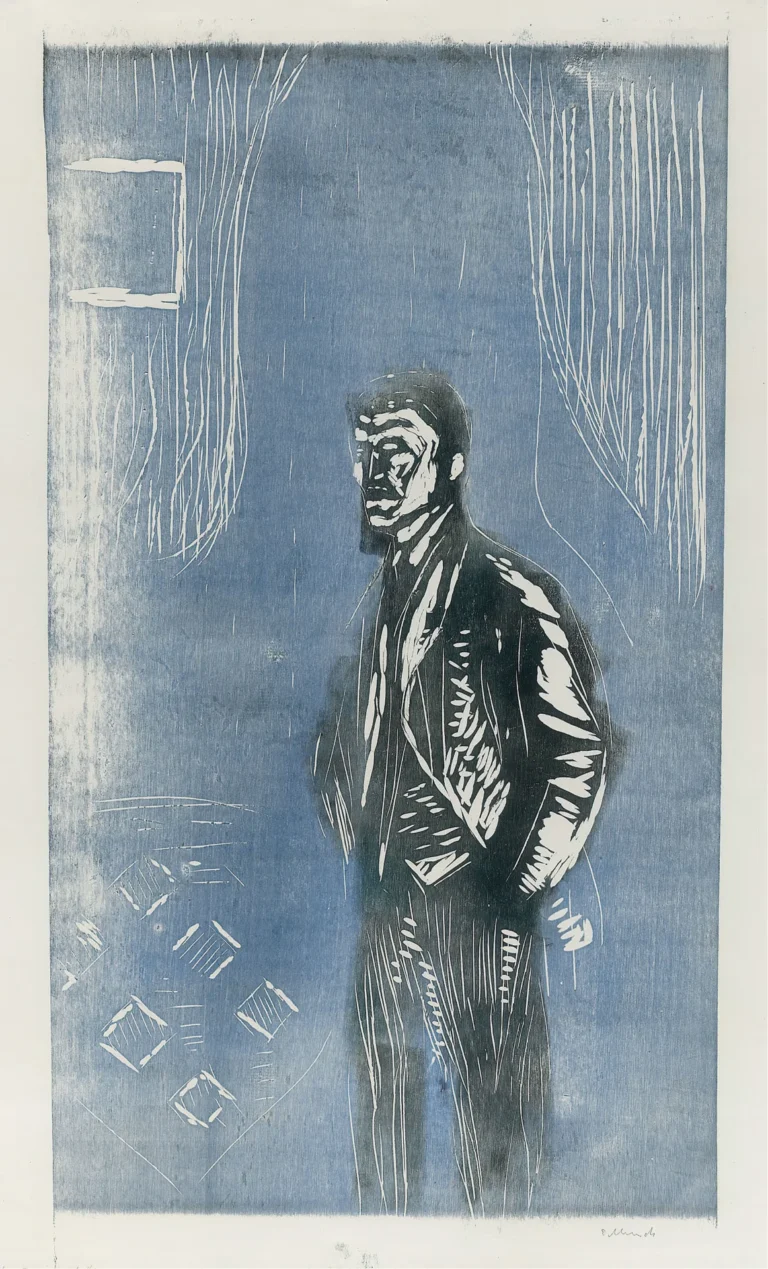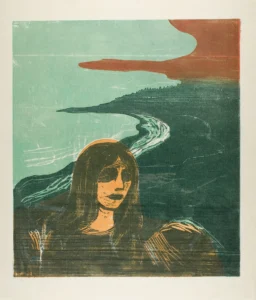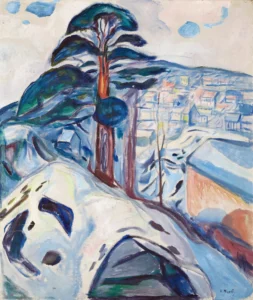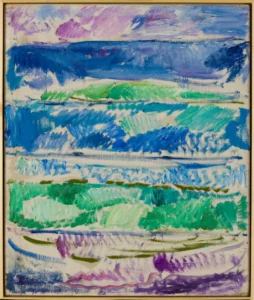The Scream (1895)
Created in 1895, Edvard Munch's pastel version of The Scream is a compelling representation of anxiety and emotional turmoil. The artwork’s dynamic colors and distorted figure on a bridge encapsulate Munch’s personal experiences of dread. This specific iteration is notable for being privately owned, with its cultural significance cemented by its record auction sale and lasting influence on modern art.
Year 1895
About the Artwork
This iconic version of The Scream was crafted by Edvard Munch in 1895, during a period when he was deeply exploring themes of angst and alienation. The haunting figure in the painting is said to embody Munch’s own feelings of despair, inspired by a moment in 1892 when he experienced a metaphysical 'scream' while walking with friends. Munch's innovative use of color and form creates a sense of movement and emotional intensity that has resonated through time, evolving from initial criticism to becoming a staple of modern art and culture. Its provenance adds to its allure, as it remains the only pastel version to reside in private hands, elevating its status in the art market.
Did You Know
In 2012, this specific version of *The Scream* was sold for an astonishing $120 million at Sotheby’s, making it one of the most expensive artworks ever sold.
*The Scream* has transcended the art world, becoming an influential cultural icon, featured in movies, literature, and parodies, symbolizing existential angst.
Edvard Munch drew inspiration for *The Scream* from a personal experience of profound unease, reflecting his own struggles with mental health and emotional turmoil.




